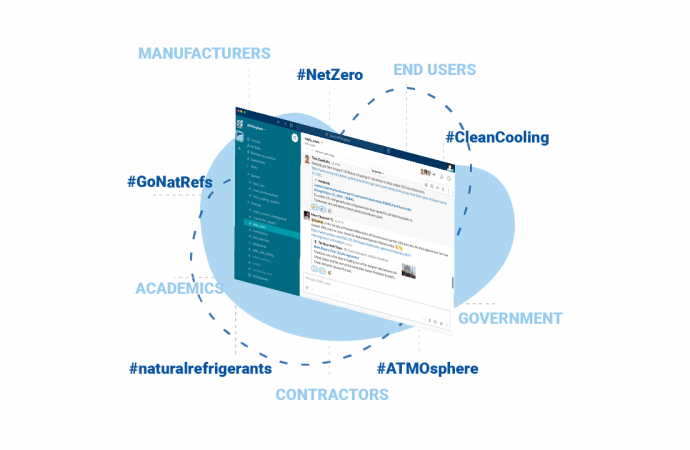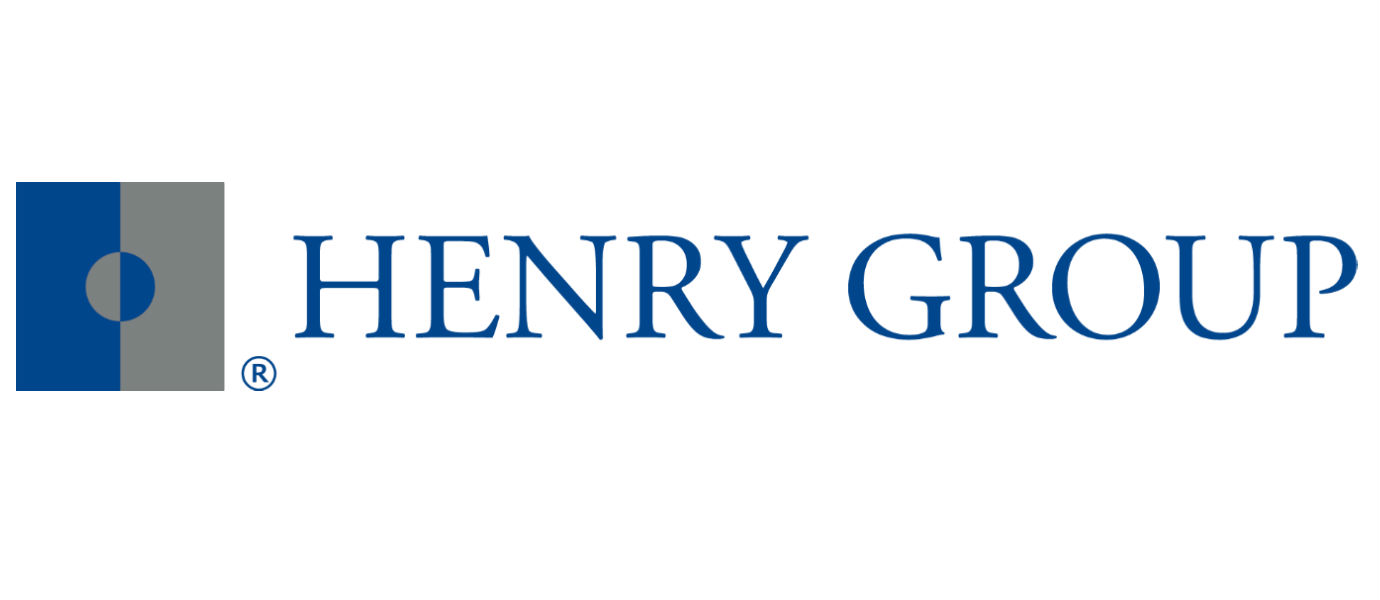A wide range of components for CO2 HVAC&R systems were on show in Chicago, Illinois; R744.com reporters were on the scene to bring you the latest. +PHOTOS

A remarkable variety of components that make up CO2 refrigeration or HVAC systems were on display last week at the 67th AHR Expo in Chicago as interest in CO2 technology continues to grow in North America. Everything from valves, heat exchangers, charging stations and fan diffusers to oil reservoirs, leak detectors, tubing and pressure switches could be perused at the show. Several manufacturers pointed out that with all of the new technology, training for contractors and technicians remains an important ingredient in the successful implementation of CO2 systems.
Valves used to fine-tune transcritical systems
Valves used to fine-tune transcritical systems
The Sporlan Division of Parker Hannifin Corporation displayed a new range of Parker Sporlan valves rated 140 bar for transcritical CO2 high pressure systems at the AHR Expo.
The product range is designed to satisfy equipment manufacturers’ control needs in CO2 transcritical booster and cascade systems. The line includes five GC (Gas Cooler) valves (GC10 through GC50) for racks from seven to 200 ton (25 to 700 kW) capacity. The valves offer the flexibility to be applied in flash gas bypass applications as well. In order to extend the range of Flash Gas Bypass valves, two additional FGB valves are offered as well.
Sporlan is looking at launching the valves in early spring, said Gordon Coates, engineering supervisor, new products, for Parker Hannifin, adding, “They’ve been in development for a while.”
The gas cooler/flash gas bypass valves have high-resolution actuators with 2,500 steps that allow fine pressure tuning in both transcritical and subcritical operation. “So you can fine-tune the [gas] flow better,” said Coates.
An interface board/valve positioner is paired with the valves, along with an optional backup power module.
Coates expects more demand for transcritical CO2 refrigeration systems in the U.S. as manufacturers make them work more efficiently in warmer climates. But adoption of the systems will need to be accompanied by “a steep learning curve for contractors,” he said.
Henry Technologies showcased its high-pressure ball valves for transcritical CO2 systems; the valves use sealing materials optimised for CO2 and are designed for a maximum working pressure of 120 bar/1,740 PSI. In addition, they are helium leak-tested and operate between -40°C and +120°C. UL approval for the valves is expected in the coming months.
For the first time in the U.S., Henry Technologies also displayed its complete trio of oil management components for CO2 transcritical systems, including oil reservoirs, oil separators and oil separator-reservoirs, which have a maximum working pressure of up to 130 bar/1,885 PSI. Independently tested, they have proved to have an oil separation efficiency of up to 97% and are maintenance free.
Heat exchangers future-proofed for regulations
Alfa Laval introduced two new brazed plate heat exchangers for CO2 applications, delivering “optimal efficiency while staying future-proof in terms of the latest international regulations on refrigerant use,” the company said in a statement.
The Alfa Laval CBXP112 (copper brazed x-treme pressure) was developed to work with CO2 and other refrigerant applications where pressure requirements are very high, up to 1,885 PSI. The unit has “asymmetric” channels “so on the liquid side you can have huge amounts of liquid with a reasonable pressure drop, and on the evaporation side there is a special distribution area to optimise the evaporation of refrigerant,” said Harald Hoogendoorn, Alfa Laval’s marketing manager, commercial refrigeration. The heat exchanger works with high-pressure evaporators and condensers and in cascade systems.
Alfa Laval also highlighted AXP heat exchangers, which operate with transcritical gas coolers, high-pressure condensers and cascade applications.
In addition, Alfa Laval introduced the AC1000 XTRM, which it calls the “largest dual-circuit brazed plate heat exchanger on the market.”
Like other exhibitors, Hoogendoorn pointed out the need to educate contractors and technicians on how to properly install CO2 systems. “Europe faced the same issue.”
Agramkow displayed its CO2 charging station for beverage cooler and vending machine applications, which to date have been adopted by Coca-Cola.
The charging station offers accuracy, speed and a tolerance for a wide temperature range, said Erik Liljenberg, sales director of Agramkow, adding, “We avoid the triple point [for CO2].”
Companies using CO2 systems “still need to implement a service strategy, which is what the rest of the world has been doing for many years,” he said.
Diffuser makes fans quieter and more efficient
At its large AHR Expo booth. ebm-papst featured its AxiTop diffuser for large axial fans that are used in conjunction with rooftop refrigeration condensers and heat exchangers. The diffuser can be retrofitted to existing ebm-papst fans.
The diffuser “saves energy and lowers noise,” said Lou Moffa, ebm-papst’s market manager, commercial refrigeration. Described as “gas agnostic,” the product works with CO2 transcritical refrigeration systems in Europe that are making their way to the U.S., he added.
The AxiTop diffuser was designed such that the finger guard is further from the fan blades, allowing the spacing in the grill to be larger. This enhances air flow and decreases noise, noted Moffa. Combined with the diffuser, he added, “air leaves the fan in a more efficient manner.”
According to a statement from ebm-papst, the AxiTop diffuser “contributes up to a 25%+ reduction in the fan’s energy consumption and an eight decibel reduction in noise.” With the same power consumption, an AxiTop-equipped fan “can simultaneously generate up to a 9% higher flow rate.”
INFICON perceives the penetration of CO2 systems in the US to be on the rise, based on demand for the company’s U.S.-made D-TEK CO2 refrigerant leak detector. Coca-Cola, for example, uses the device in production and servicing.
In its brochure, INFICON states that it sees CO2 as a next-generation refrigerant and that it is the only manufacturer offering a hand-held leak detector exclusively for the detection of R744. The device’s infrared absorption sensing cell is designed to detect only CO2 refrigerant -- and not the CO2 around us – and will not react to smoke, humidity, airflow or temperature changes. The cell lasts for about 1,000 hours.
Thin tubes reduce weight, cost and refrigerant
On display at the Microgroove booth was, like last year, the MicroGroove 5 mm copper tube and aluminum fin, which require less refrigerant charge than other tubing. The product also cuts down on weight and cost compared with 3/8-inch tube coil. In addition, the tube has the same air friction as microchannel coils.
Microgroove pointed out that its technology is used more widely in North America and beyond with, for example, the Sanden CO2 heat pump, also on display at the AHR show.
Sensata Technologies, a producer of sensors and controls, showcased their HVAC&R product range for natural refrigerants a in Germany at the Chillventa trade show in October 2014. At the AHR Expo, the company offered information about its automatic reset pressure switches, PS80-2X, for CO2 systems.
The pressure switches are gaining more popularity in the US due to the rising demand for high-pressure components used in CO2 transcritical systems. With a maximum operating pressure of up to 160 bar/2300 psig, the devices can be used in CO2 refrigeration, air conditioning and heat pump applications.
The Japanese manufacturer Mayekawa/MYCOM, with offices and a production facility in the U.S., discussed its CO2 heat pump technology for supplying hot water. For example, its “unimo” CO2 hot water heat pump, using air heat source, boasts a COP up to 4.2, and can supply hot water up to 194°F (90°C) year-round; its applications include large-volume users like hospitals, golf courses and hotels, as well as central kitchens and food processing plants.
Mayekawa/MYCOMs “ECO Cute”, the CO2 hot water heat pump using water heat source, has a COP of up to 8.0. It generates hot water by recovering heat energy from waste heat, and can also supply refrigeration. The system maintains a water supply of up to 22,000 liters at 194°F (90°C), making it suitable for large-scale commercial or industrial facilities.
MORE INFORMATION
Related stories









